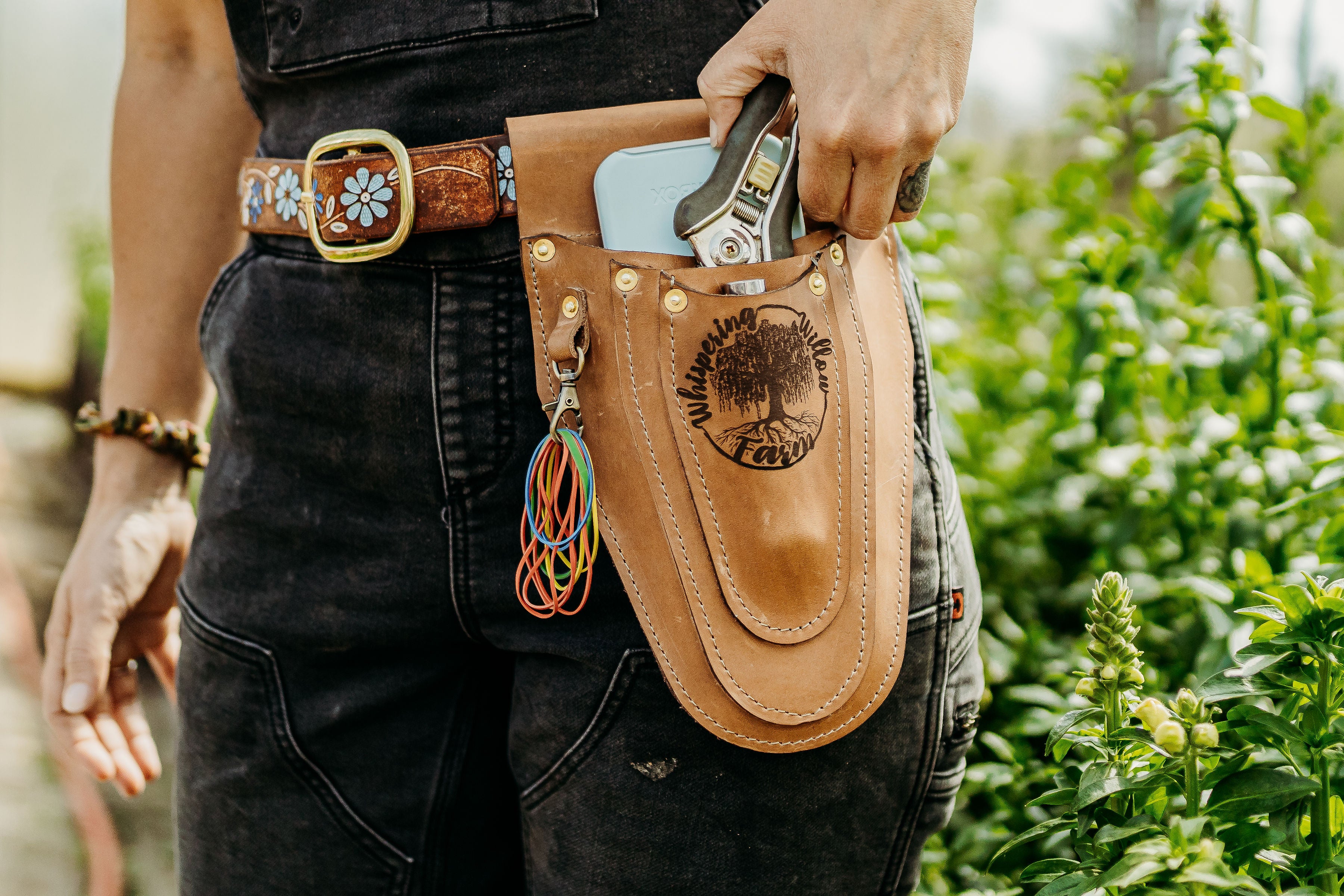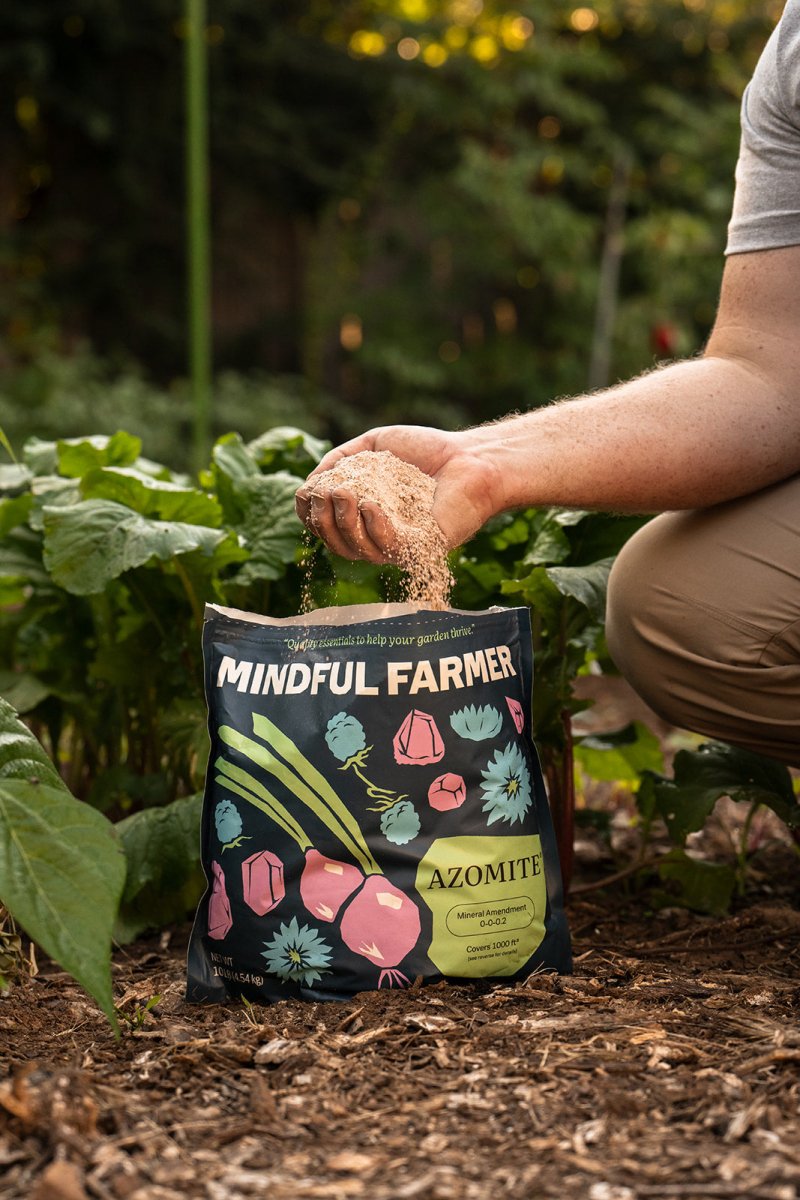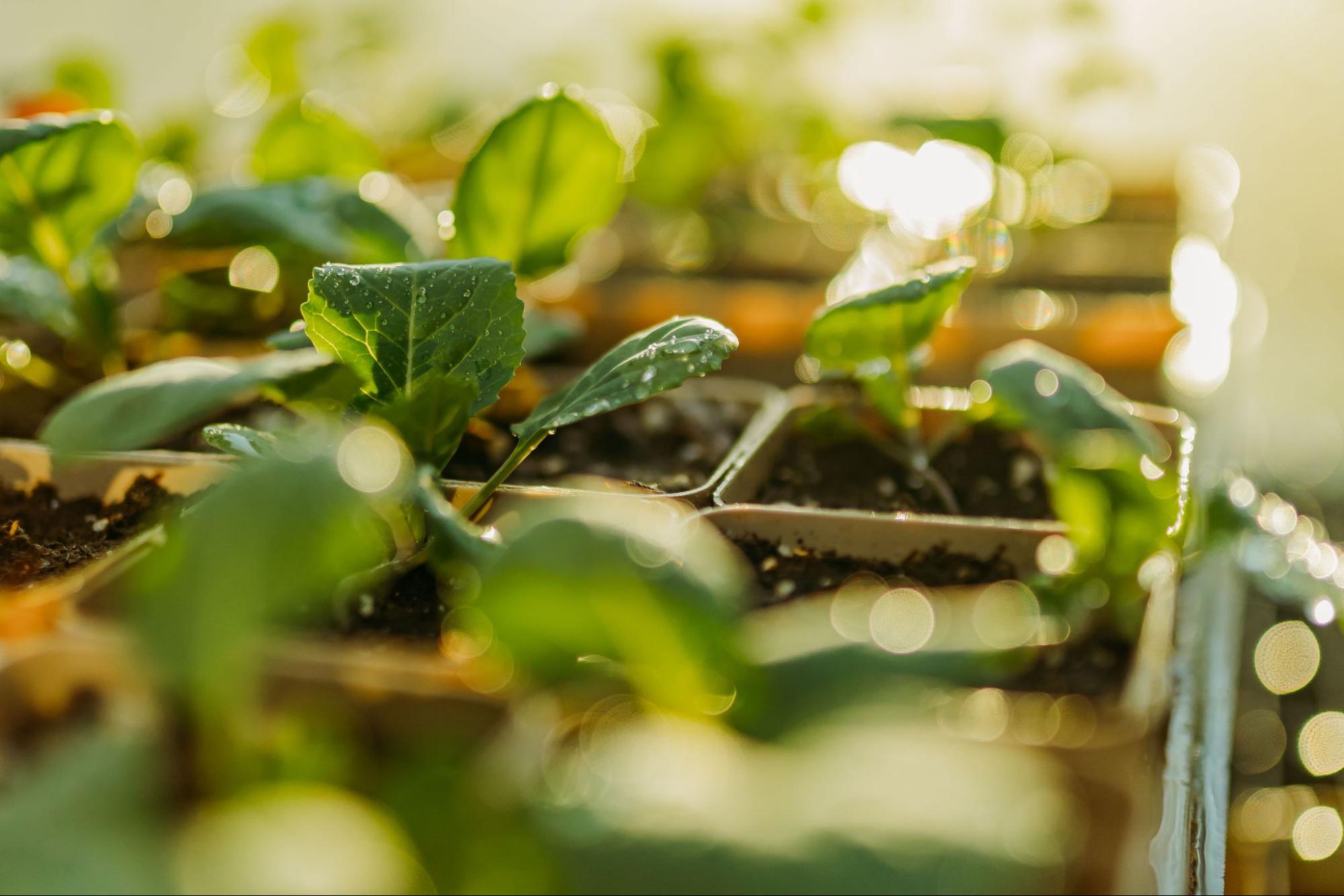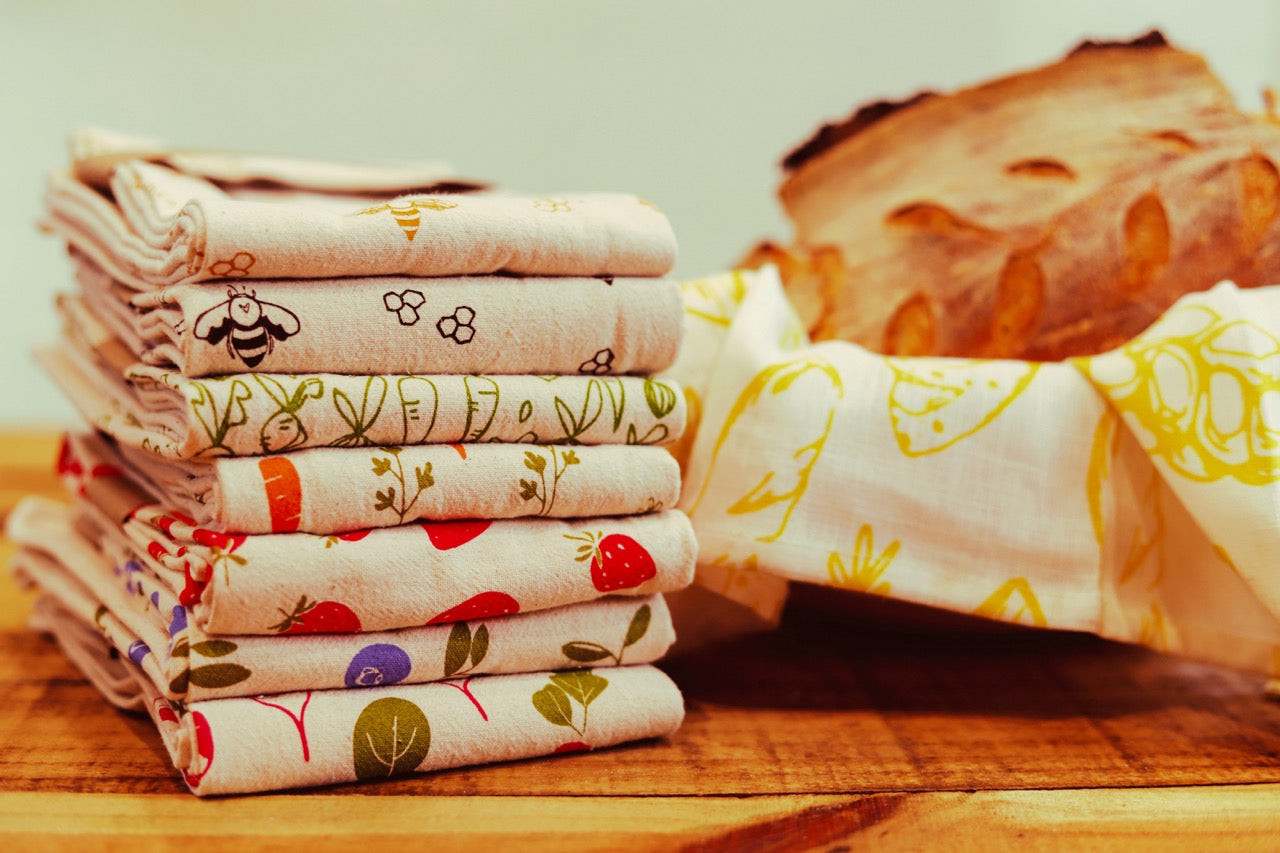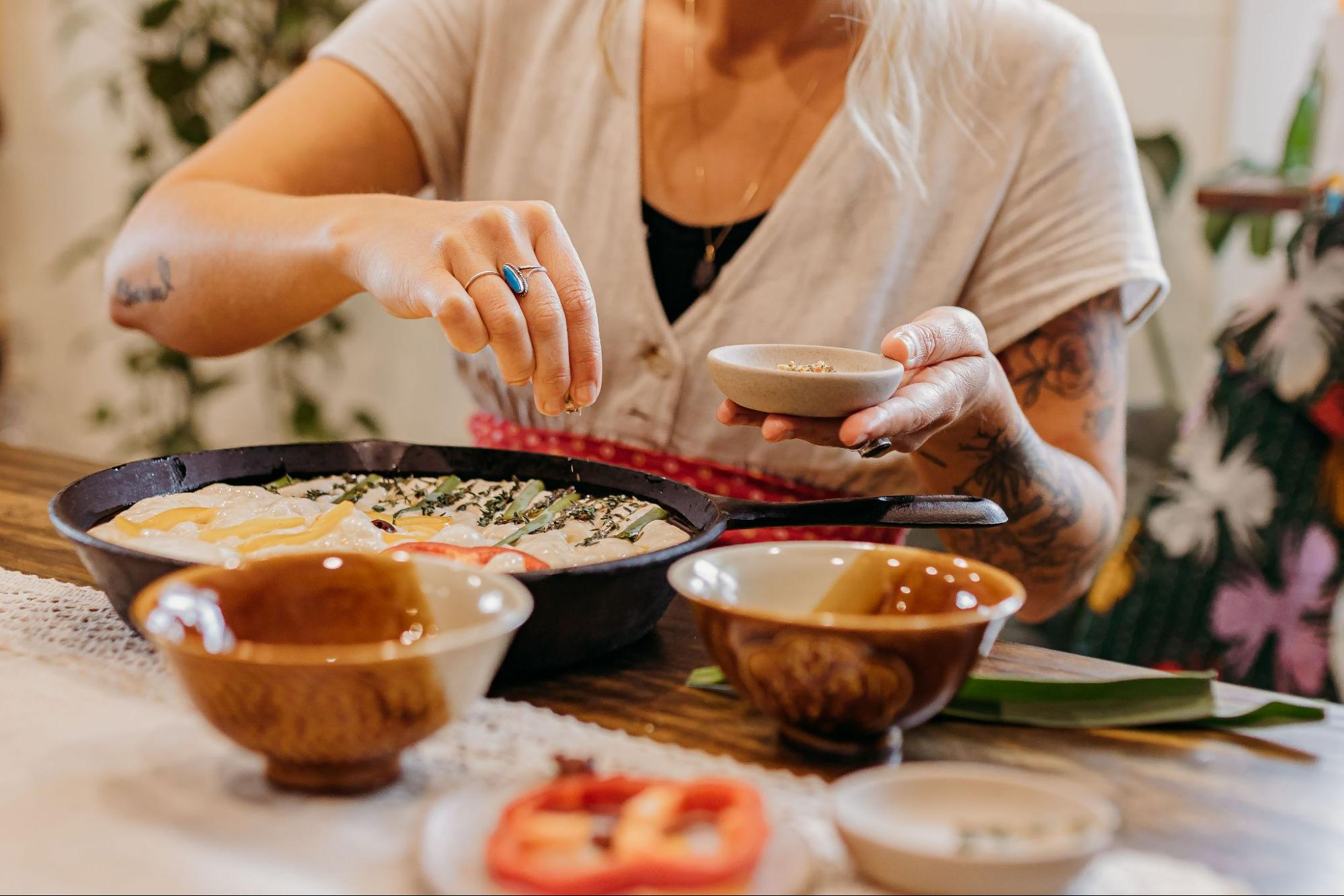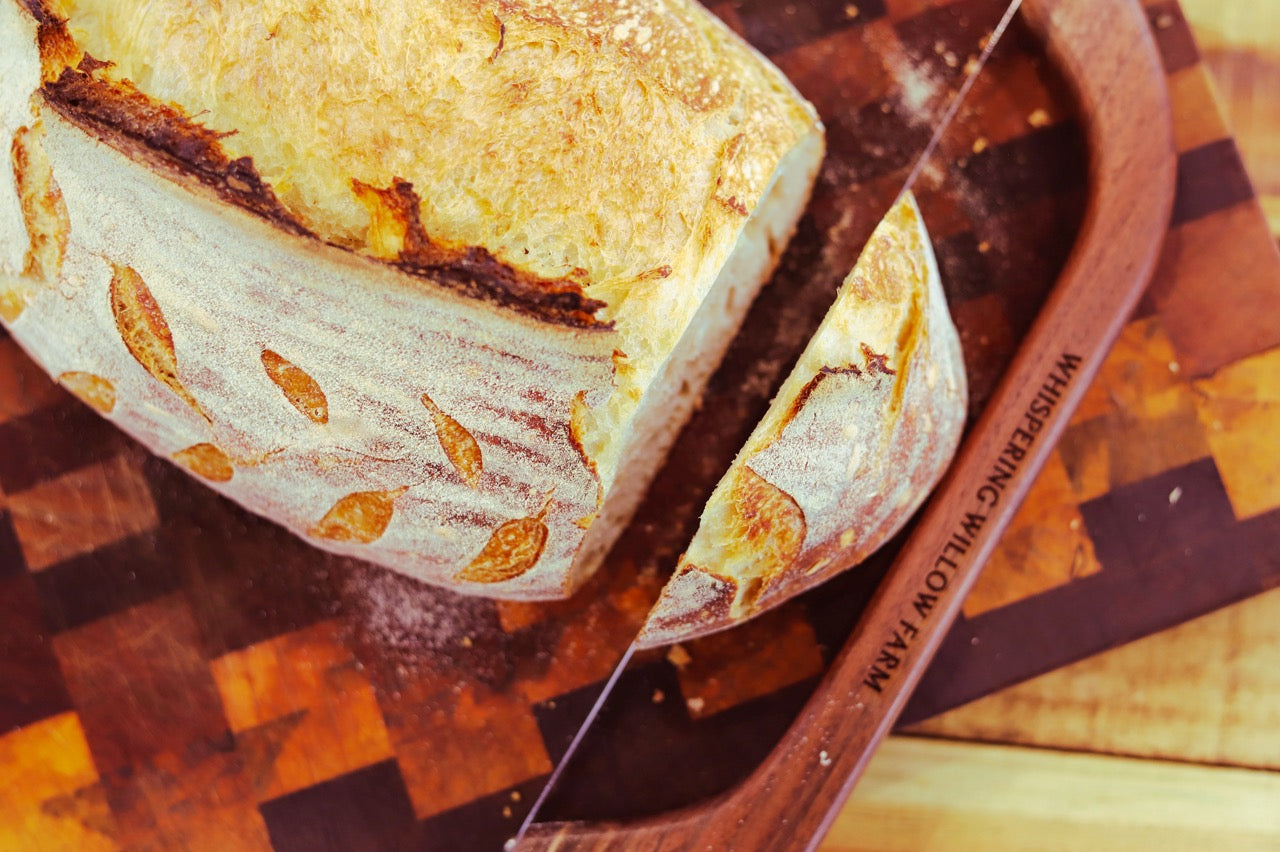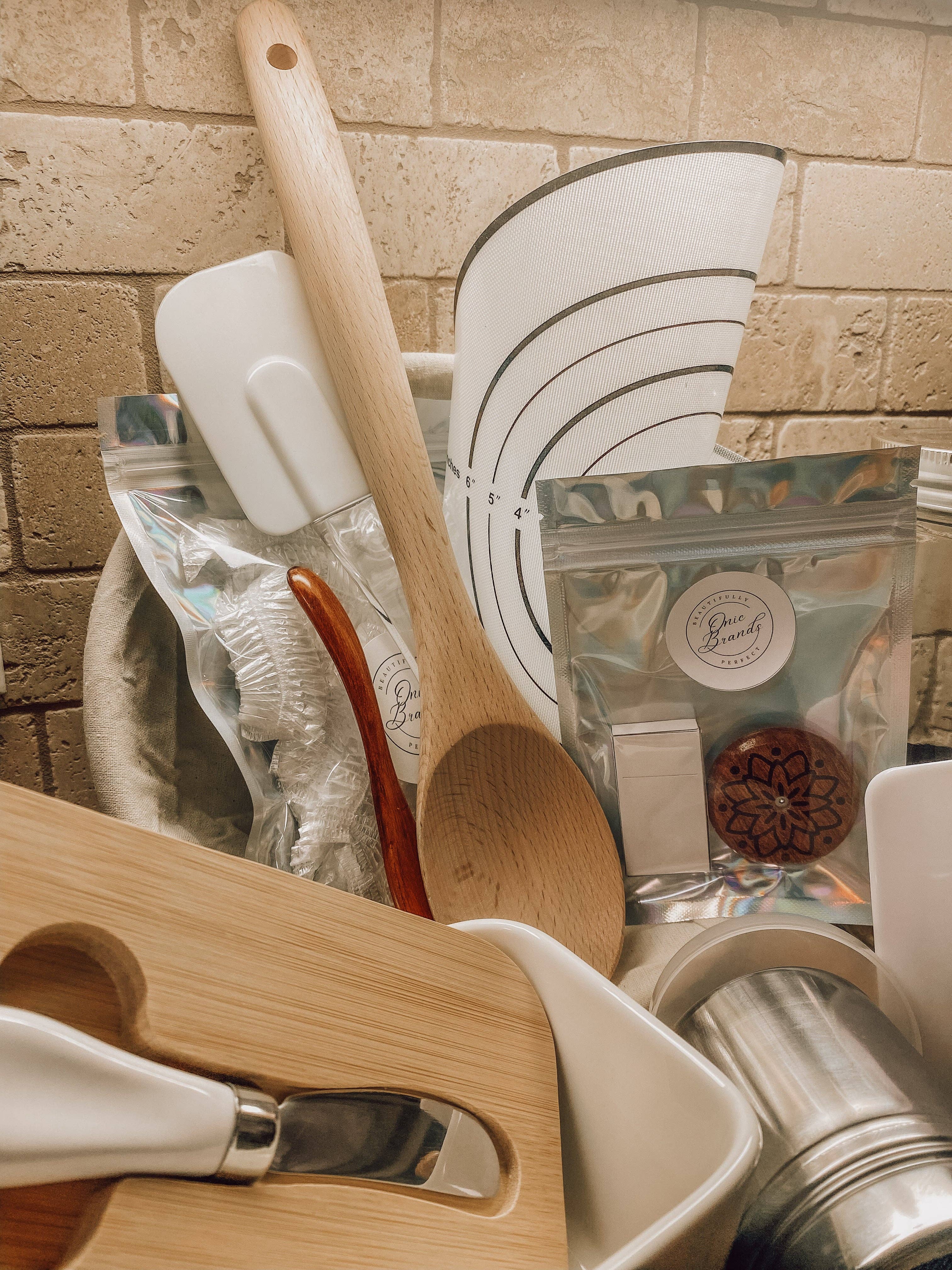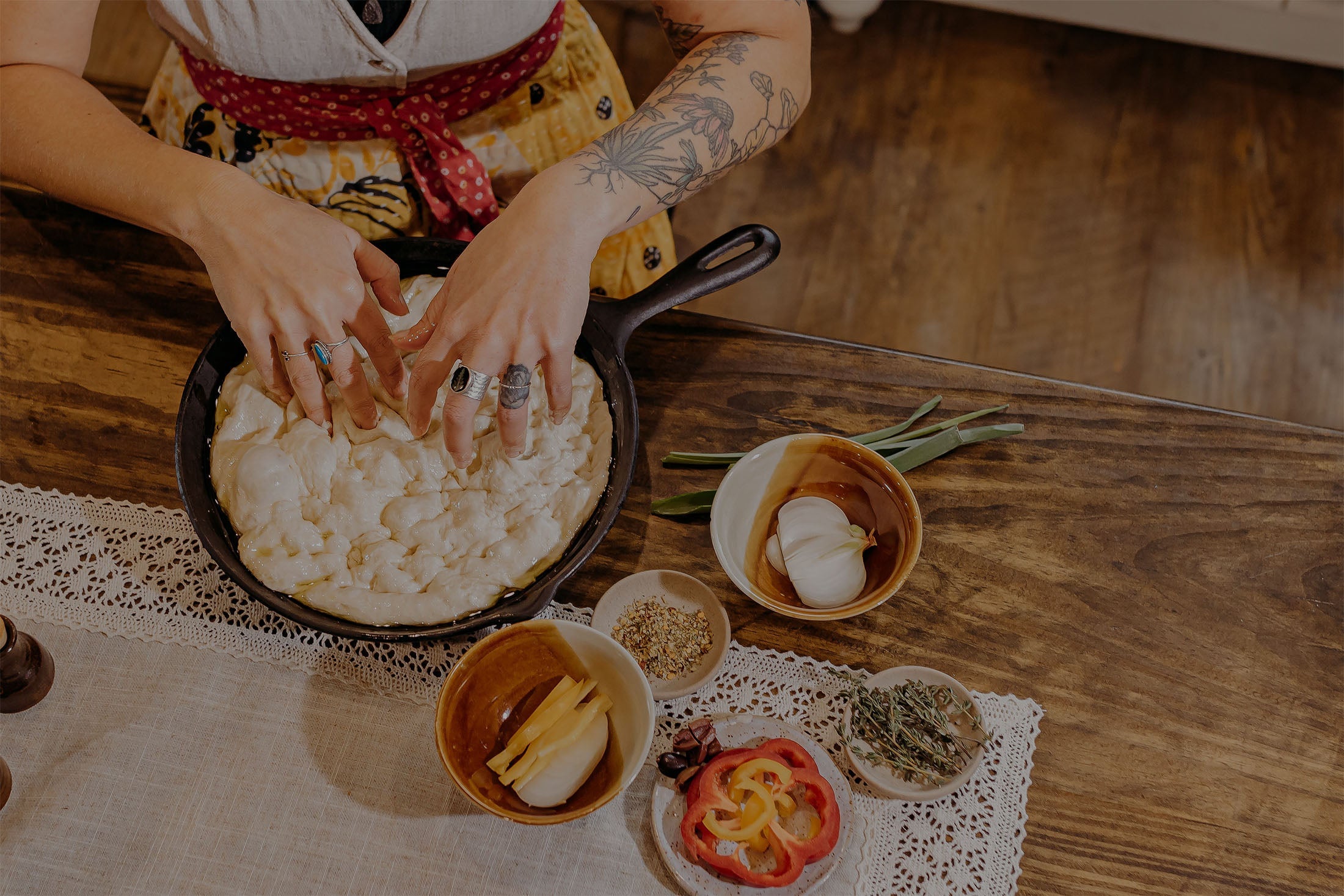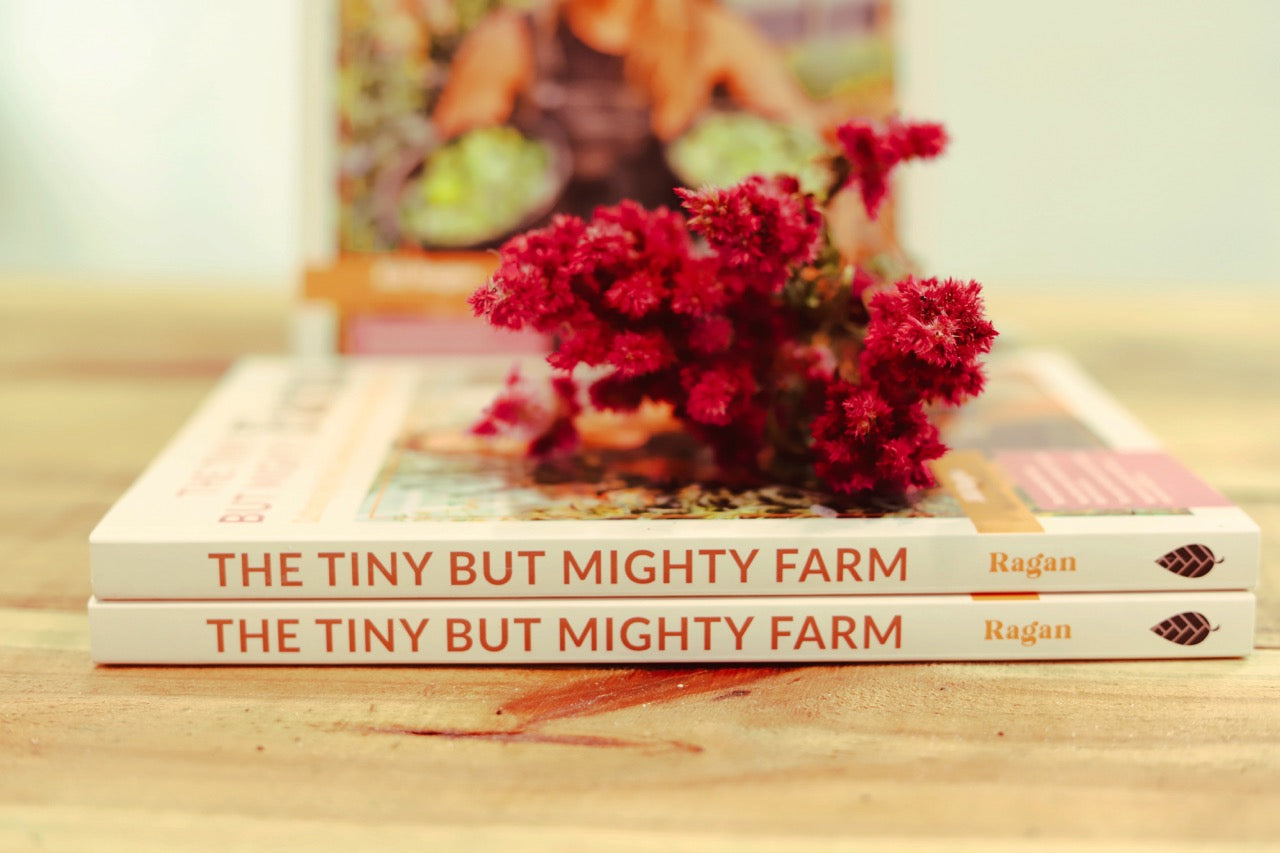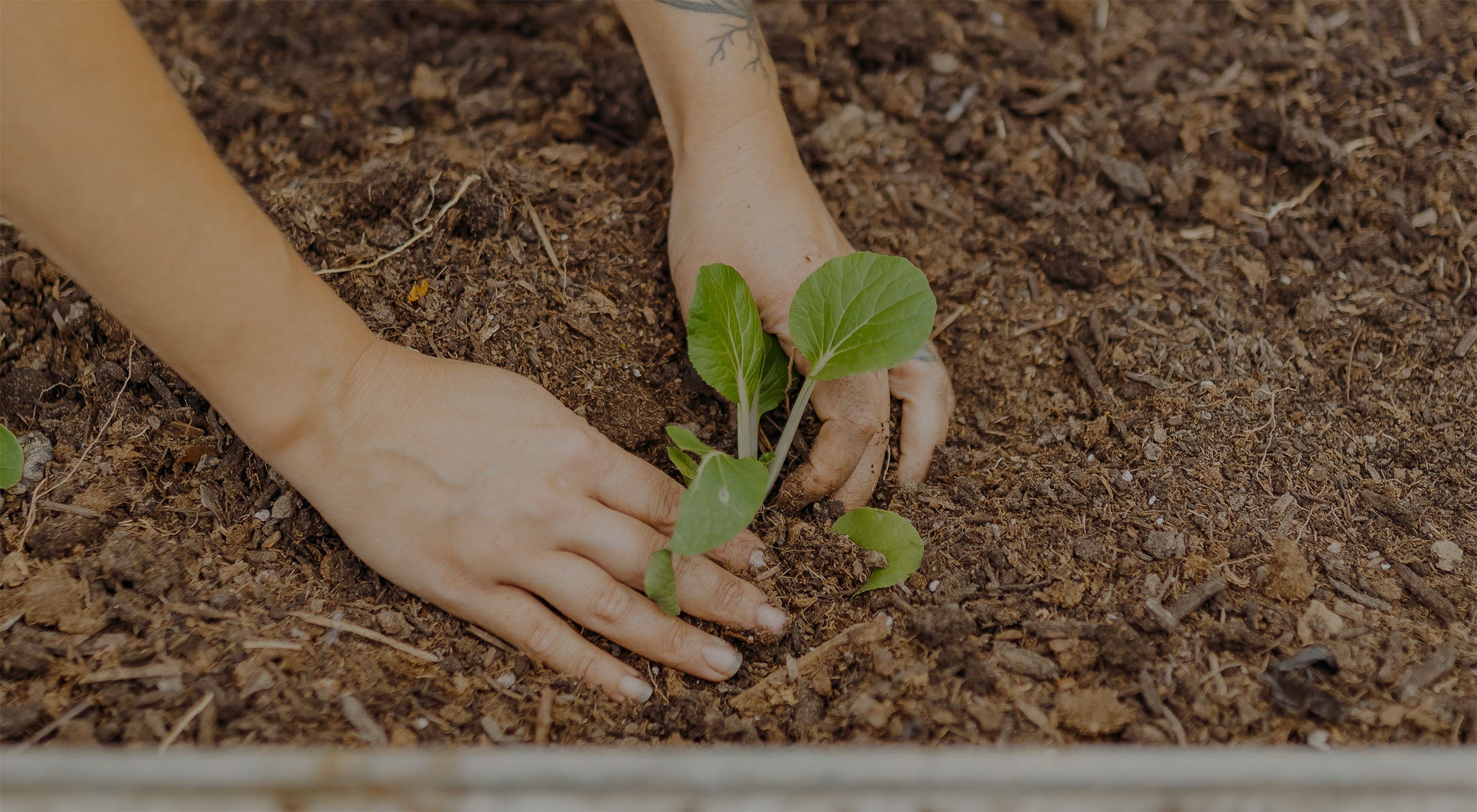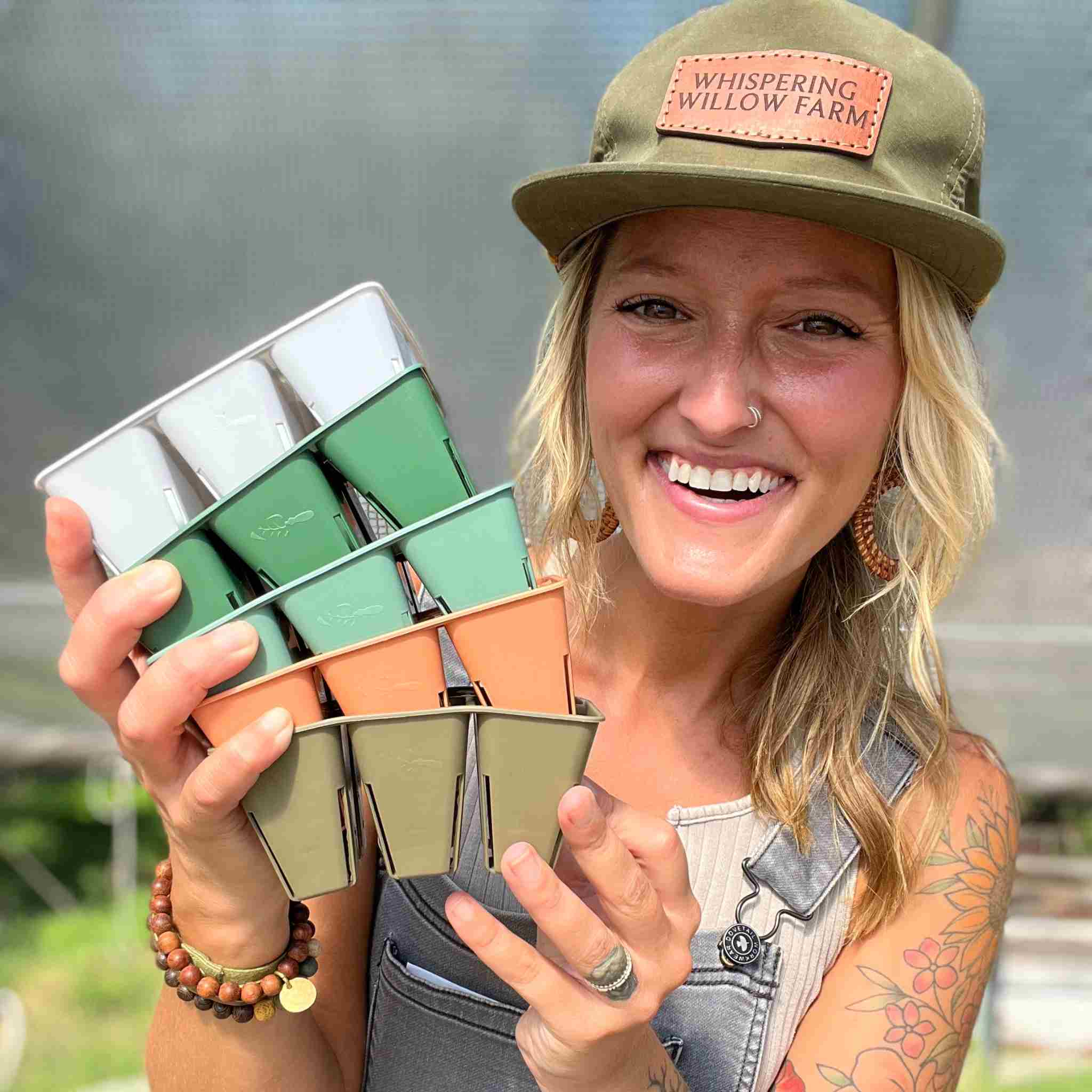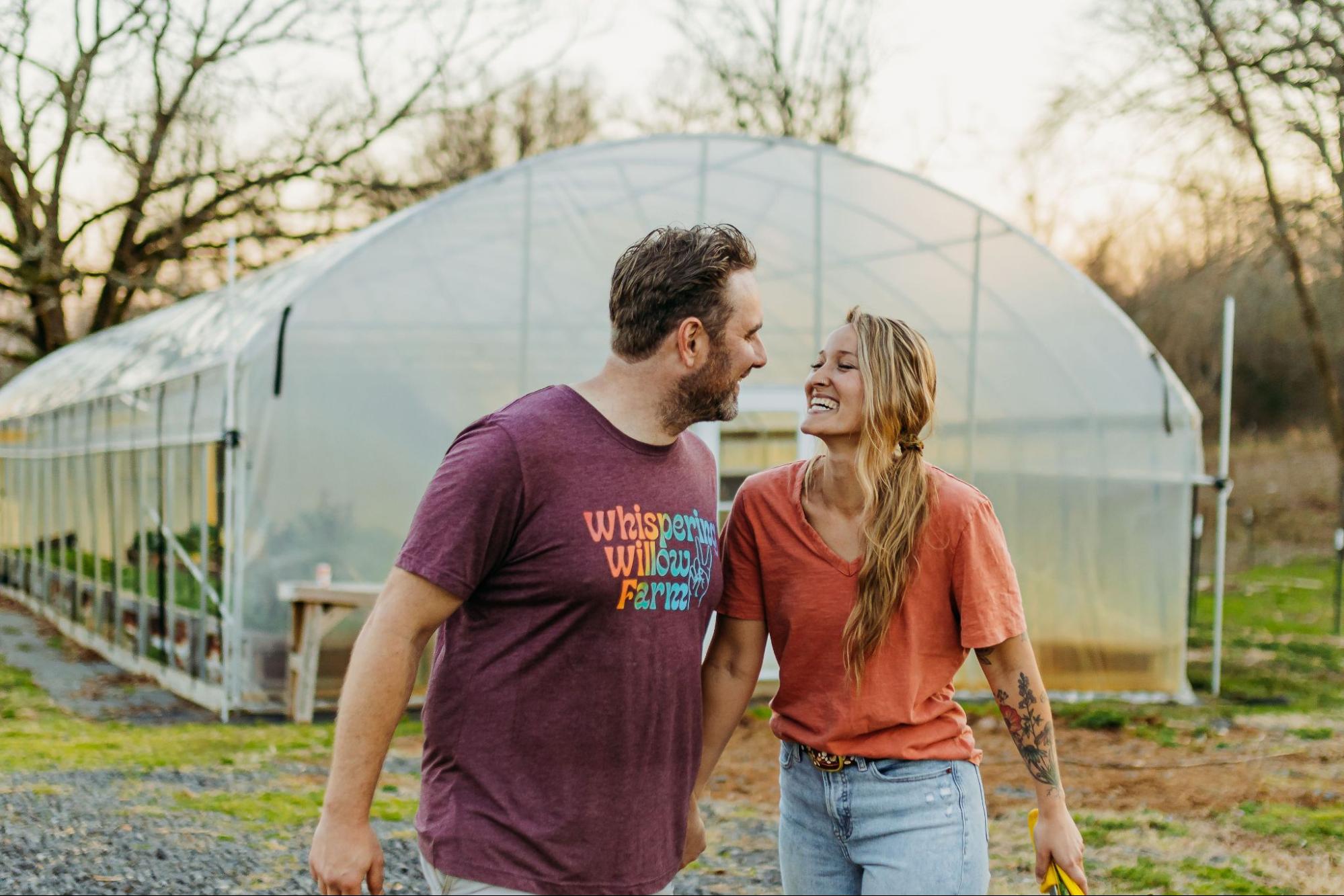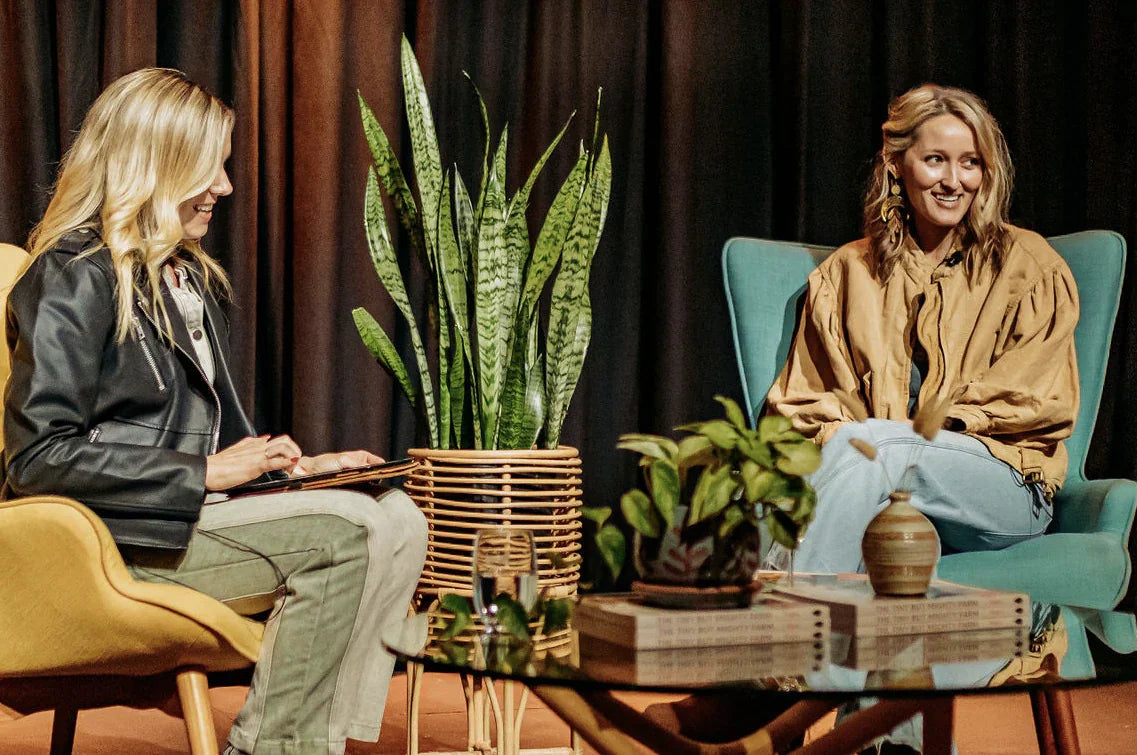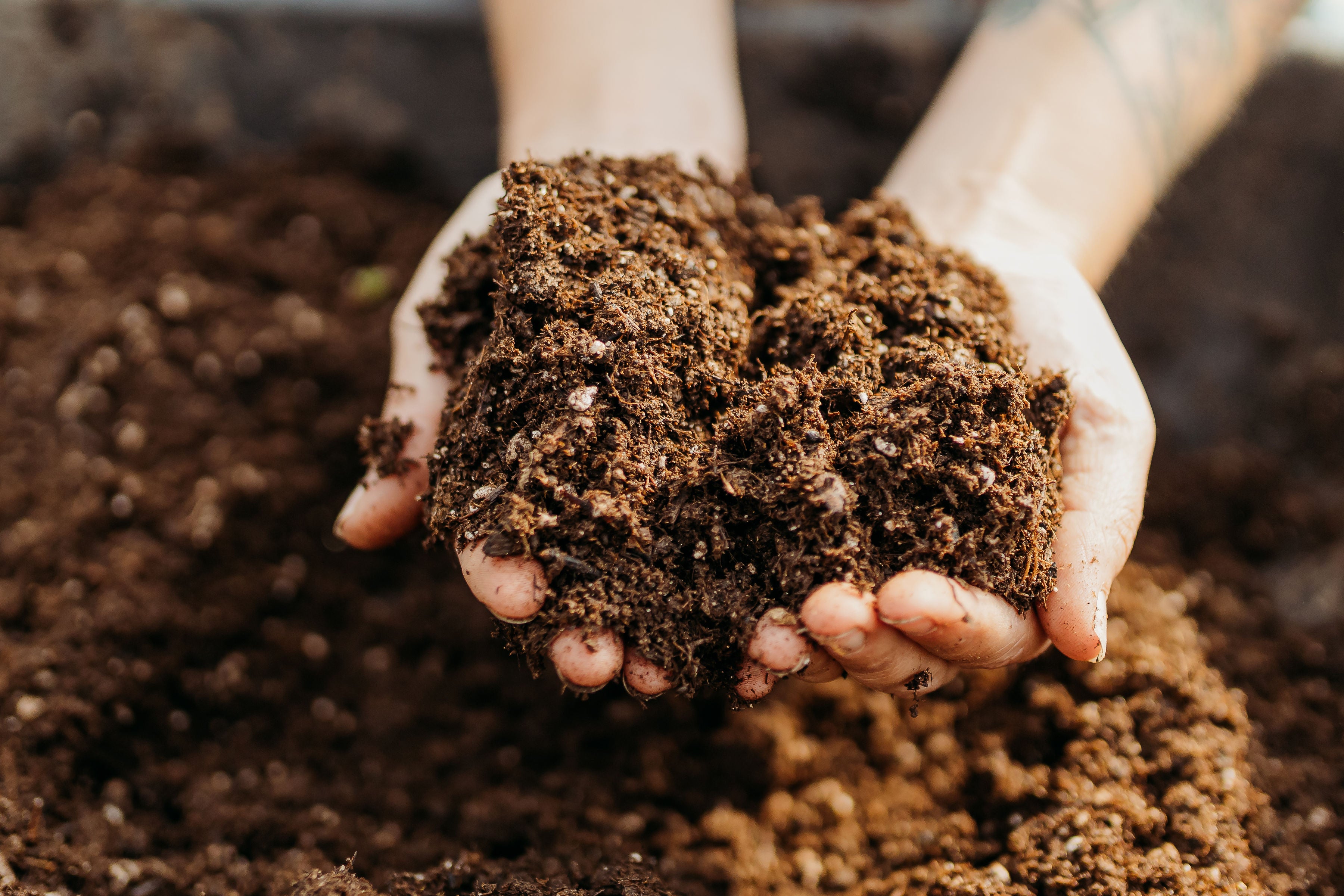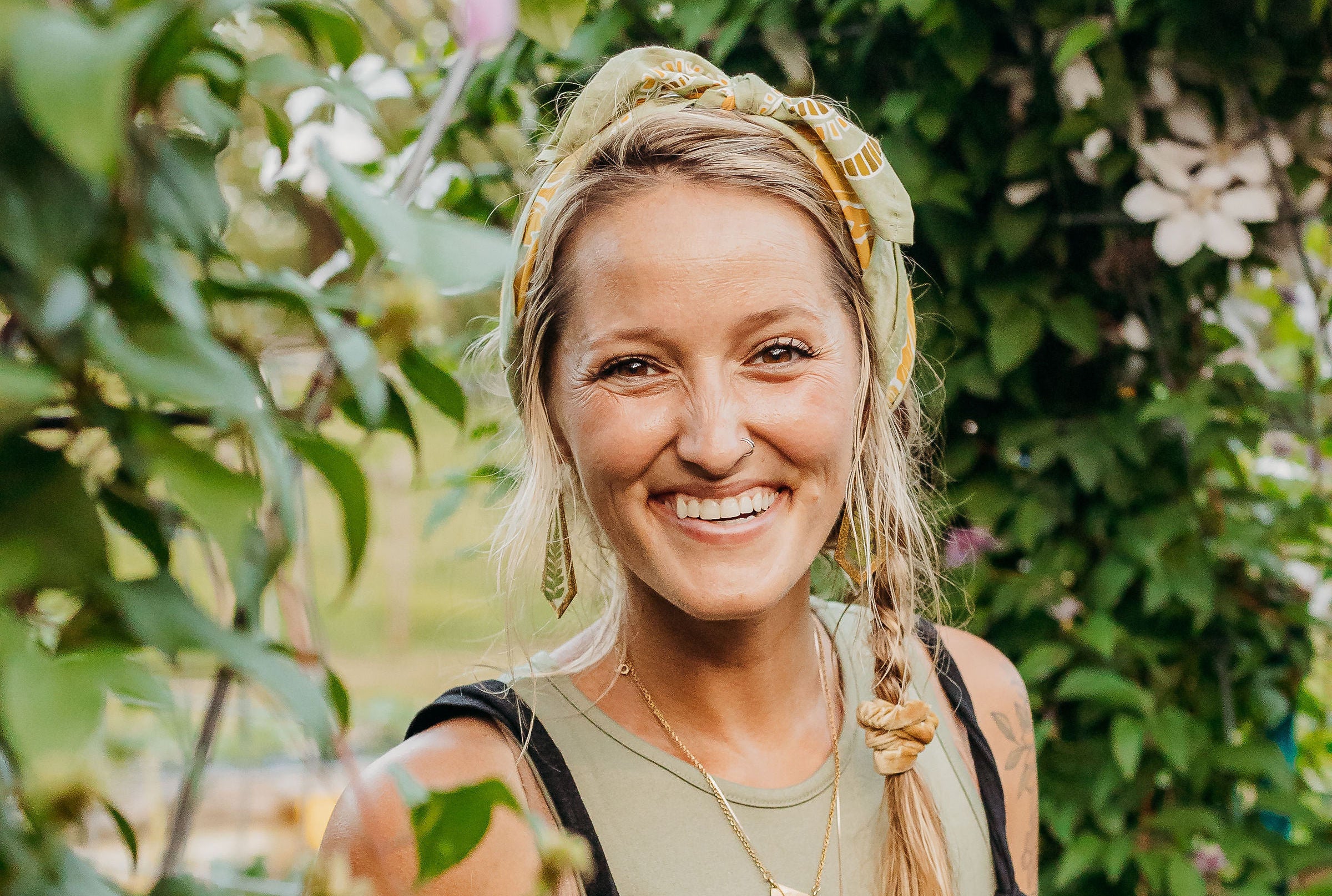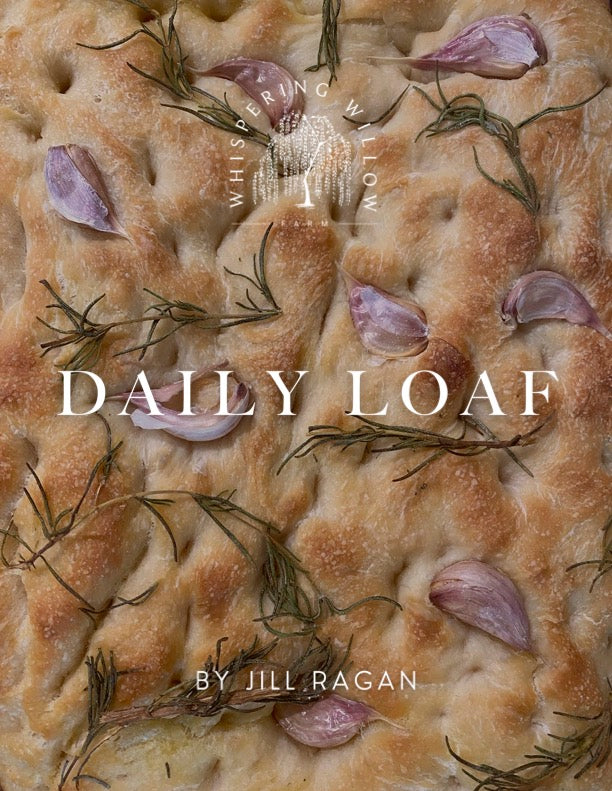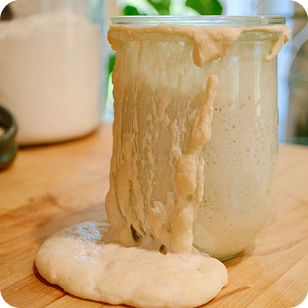Hey there, fellow growers! Jill and Nathan from Whispering Willow Farm here, bringing you straight into our seed-starting realm today. We're knee-deep in our seedling tunnel, gearing up to fill crates with soil for our soon-to-be-planted ranunculus. As we prep for the upcoming seed starting season – just a week away for us – we want to tackle a common question that has echoed through the years: What seed starting mix do we use?
Living in central Arkansas, we've faced the challenge of not having access to great bulk soil suppliers. This led us to the path of creating and refining our own seed starting mix. Today, we're excited to share our recipe with you, especially if you find yourself in a similar situation or are simply looking for a cost-effective DIY option.

The Components
- Peat (40%)
We kick off our mix with peat, making up to 40% of the blend. While coconut coir is a viable alternative, peat is more readily available to us. We use a high-grade brand called Green World, acknowledging that this can be a controversial topic. However, it's the most practical choice for us given our circumstances.
- Man of the Red Earth's Stupor Soil (25%)
Comprising the next 25% is a game-changer for us – Stupor Soil by Man of the Red Earth. Packed with essential nutrients derived from blood and bone meal, oyster shell, lime, fish bone meal, kelp, worm castings, and beneficial bacteria, this concoction brings our mix to life.
- Vermiculite (10-15%)
For moisture retention and a touch of magic, we add coarse vermiculite. Unlike traditional perlite or vermiculite, this coarse variant doesn't look like plastic pellets and serves us well in maintaining the ideal texture.
- Feather Meal (5%)
The last 5% is reserved for Feather Meal, a nutrient-rich source of natural nitrogen and phosphorus. Acting as a time-release fertilizer, it breaks down slowly to nourish the plants over time. We've been using Feather Meal for years, and its impact on our crops is truly remarkable.

The Blend
Once all these components are combined, the end result is a mix that's light, fluffy, and smells like rich, nourishing soil. We store ours in a large container, a repurposed 150-gallon watering trough. While our scale requires this size, you can adjust based on your needs – poly containers from local stores work just as well.

Additional Tips and Considerations
Experimentation is key. Depending on your location and access to resources, you might need to tweak the components or their proportions.
Soil blocks are our preferred choice for starting seeds, allowing us to up-pot into fresh nutrients before deficiencies arise.
If you find the components in bulk, it's a cost-effective solution. Mix your own for a more affordable and customizable seed starting mix.
Crafting your seed starting mix can be a bit of a chore, but the rewards – both for your plants and your wallet – are worth it. Feel free to explore, adapt, and share your experiences with us.
Thanks for joining us on this quick journey into our seed starting mix. If you have any questions or want more resources, drop them in the comments below. Happy growing, and we'll catch you soon!
Cheers,
Jill and Nathan
